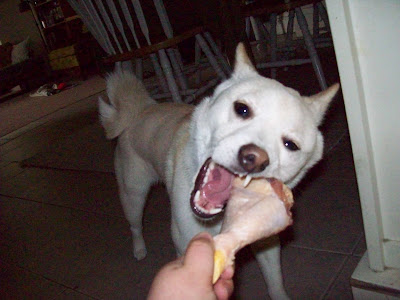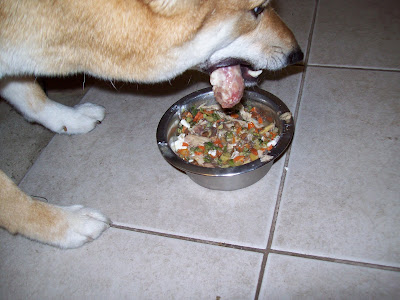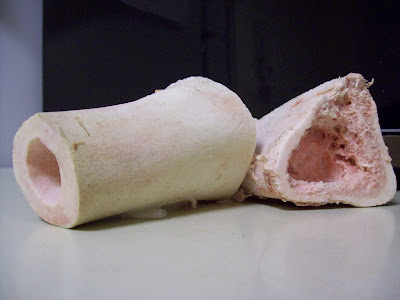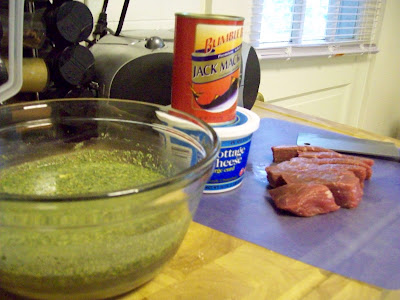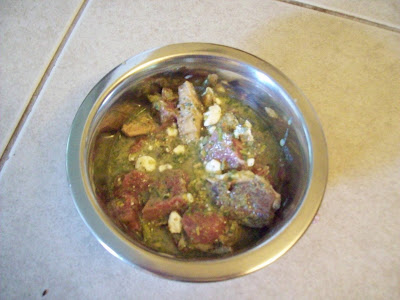Before starting a new food, it is desired that you go through a transition period to ensure that there will be no severe GI upsets.
My dogs' food trials are set up such that a true outcome can be seen without GI upset due to lack of transition. My dogs will eat a total raw diet for up to 2-3 weeks, then after 12-16 hours of their last raw meal, they are given their first kibble meal. In this way, we get to see immediate results from their consumption of the food. After two weeks, we truly see what effects, if any, a particular food has on their entire system.
 Our first kibble review: ACANA PACIFICA
Our first kibble review: ACANA PACIFICA- Absolutely free of chicken, beef or grains. Passed the allergen test with my female!
- We choose kibbles that are grain free, or have low-allergen grains.
ACANA PACIFICA is a grain free food [ingredients here].
- This food is also moderately low in carbohydrates with a moderately high protein level.
I try to stick with foods with a protein level between 28-34%.
ACANA PACIFICA has a 33% protein level.
- This food has a nice variety of fish proteins (salmon, herring, flounder) all fresh caught, regional, fit for human consumption and are ETHOXYQUIN FREE per manufacturer statement.
- ACANA PACIFICA boasts an ALL LIFE STAGES feeding regimen. Levels of protein, calcium, phosphorous, and calories should always be considered before giving to just any dog at any life stage.
- Zero GI upset and maintained a nice coat/skin without supplementation (fish oils, etc).
I would recommend this food.

